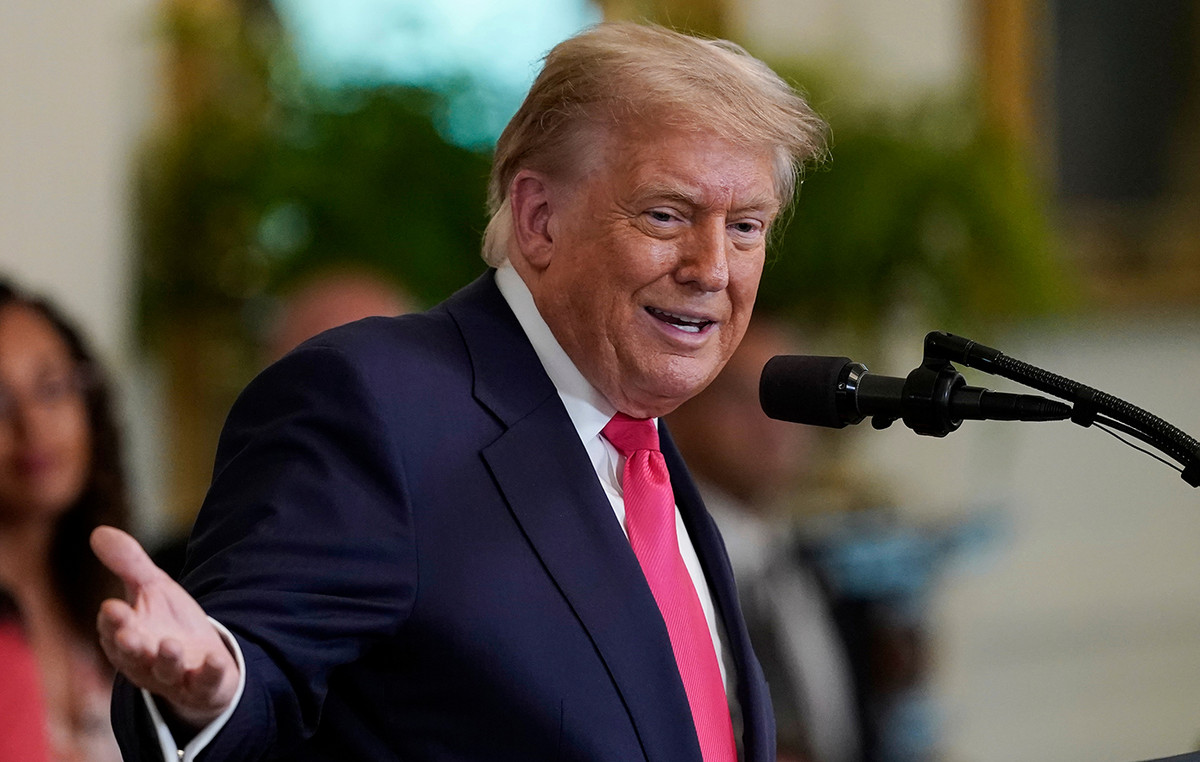- The Dollar is trading higher against the main currencies.
- In the US, the PCE confirms the strong pace of inflation.
- The Dollar Index rises above 103 and could yet turn this week’s overall results into positive territory.
US Dollar bulls are supported by data from Wednesday and Thursday, which confirm that the US economy is not dead yet and inflation is not coming down as fast as expected. Using Personal Consumption Expenditure, the US Federal Reserve’s preferred inflation indicator, traders were able to take a look at the state of US inflation. This is a very revealing two-speed story, in which European inflation is practically in free fall, while US inflation is quite rigid and only declining in leaps and bounds.
On the economic front, all the data, or at least the most important ones, have been left behind for this Thursday. The fact that almost all elements of the PCE, both the main and the underlying, fell in line with expectations, shows that the Fed is still right in stating that inflation is a force to be reckoned with. Initial jobless claims support this view, with no major rebound in unemployment seen this week.
Daily summary: The data says it all
- At 13:30 GMT this Thursday a large batch of data was published:
- US initial jobless claims are expected to rise from 211,000 to 218,000.
- Continuous applications for unemployment benefits stood at 1,840,000 and rose to 1,927,000.
- The Personal Consumption Expenditure Price Index for October went from 0.4% to 0%.
- The annual Personal Consumption Expenditure Price Index went from 3.4% to 3%.
- The core Personal Consumption Price Index for October moved from 0.3% to 0.2%, as expected.
- The annual underlying personal consumption price index rose from 3.7% to 3.5%, as expected.
- October personal income fell from a downwardly revised 0.4% to 0.2%.
- October personal spending went from 0.7% to 0.2%.
- Around 2:05 p.m., New York Fed President John Williams will speak.
- The Chicago Purchasing Managers Index will be published, which remains in contraction from 44 to 45.4.
- At 3:00 p.m., the October Pending Home Sales Index will be released, with the monthly return dropping from 1.1% to -2%, while the annual return is expected to drop from -11% to -8.8%.
- Late this Thursday, the US Treasury heads to the markets to distribute a 4-week bill.
- Stocks are on track to post one of the best November results in a long time. After a few days of hesitation, indices around the world are in the green, with all major Asian indices up around 0.50%. European stocks are marginally in profit, while US Futures are more in line with Asian gains, about 0.50%.
- CME Group’s FedWatch tool shows that markets are pricing in a 95.8% chance that the Federal Reserve will keep interest rates unchanged at its December meeting.
- The 10-year US Treasury yield is trading at 4.29% and is finding a bottom after this week’s decline.
Technical analysis of the Dollar Index: A decline was expected
The devaluation of the Dollar has continued for a long time, like a rubber band. Earlier this week, the Relative Strength Index (RSI) indicated that the elastic band had overstretched to the downside after entering oversold, and some easing was granted. The unwinding is starting to take place and could still put this weekly performance of the Dollar Index (DXY) in the green if the current trend continues into Friday’s US close.
The DXY is moving towards the 200-day SMA, which is near 103.59. The DXY could rise again, if US traders return to the market and start buying the current dip. A two-level pattern of a lower daily close followed by a higher open would put DXY back above 104.28, with the 200-day and 100-day SMAs becoming support levels.
On the downside, the historical levels of August come into play, when the Dollar’s festival recovery occurred. The June lows make sense to look for some support, near 101.92, just below 102. In the event of further developments that initiate further rate declines in the US, an almost complete recovery in the US can be expected. summer 2023 recovery, heading towards 100.82, followed by 100.00 and 99.41.
US Dollar FAQ
What is the US Dollar?
The United States Dollar (USD) is the official currency of the United States of America, and the “de facto” currency of a significant number of other countries where it is in circulation alongside local banknotes. According to 2022 data, it is the most traded currency in the world, with more than 88% of all global currency exchange operations, equivalent to an average of $6.6 trillion in daily transactions.
After World War II, the USD took over from the pound sterling as the world’s reserve currency.
How do the decisions of the Federal Reserve affect the Dollar?
The single most important factor influencing the value of the US Dollar is monetary policy, which is determined by the Federal Reserve (Fed). The Fed has two mandates: achieve price stability (control inflation) and promote full employment. Your main tool to achieve these two objectives is to adjust interest rates.
When prices rise too quickly and inflation exceeds the 2% target set by the Fed, the Fed raises rates, which favors the price of the dollar. When Inflation falls below 2% or the unemployment rate is too high, the Fed can lower interest rates, which weighs on the Dollar.
What is Quantitative Easing and how does it influence the Dollar?
In extreme situations, the Federal Reserve can also print more dollars and enact quantitative easing (QE). QE is the process by which the Fed substantially increases the flow of credit into a clogged financial system. This is an unconventional policy measure used when credit has dried up because banks do not lend to each other (for fear of counterparty default). It is a last resort when a simple lowering of interest rates is unlikely to achieve the necessary result. It was the Fed’s weapon of choice to combat the credit crunch that occurred during the Great Financial Crisis of 2008. It involves the Fed printing more dollars and using them to buy US government bonds, primarily from financial institutions. QE usually leads to a weakening of the US Dollar.
What is quantitative tightening and how does it influence the US dollar?
Quantitative tightening (QT) is the reverse process by which the Federal Reserve stops purchasing bonds from financial institutions and does not reinvest the principal of maturing portfolio securities in new purchases. It is usually positive for the US dollar.
Source: Fx Street
I am Joshua Winder, a senior-level journalist and editor at World Stock Market. I specialize in covering news related to the stock market and economic trends. With more than 8 years of experience in this field, I have become an expert in financial reporting.







